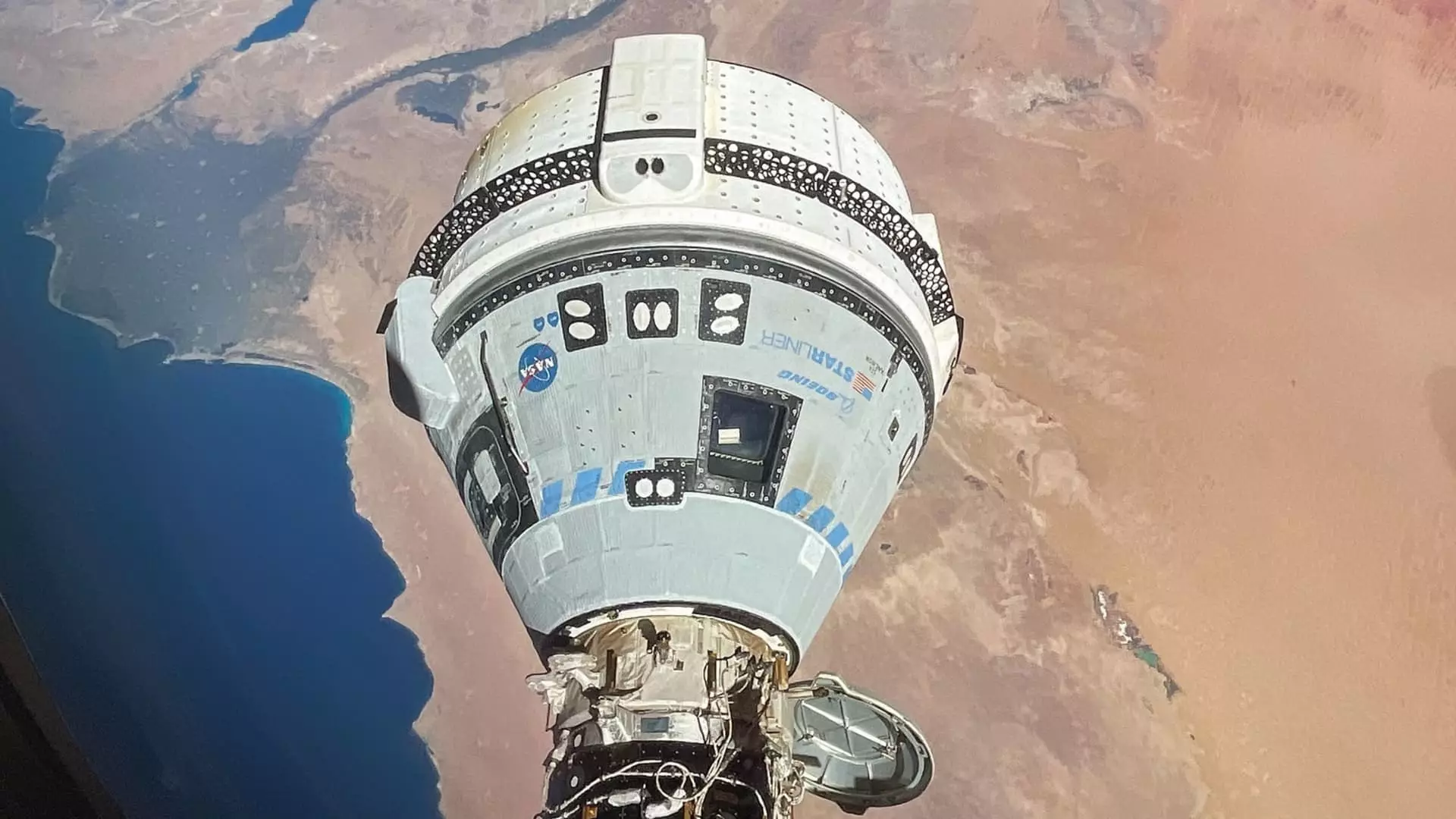NASA and Boeing recently announced that they are further extending the stay of the Starliner crewed flight at the International Space Station (ISS). Despite no specific target date for the capsule’s return to Earth, Boeing’s Starliner, named “Calypso,” will continue its journey in space while the company and NASA conduct additional testing back on the ground. This decision has led to uncertainties regarding the completion of the mission and the return of the astronauts onboard.
The Starliner team is commencing a test campaign to evaluate the spacecraft’s thruster technology at White Sands, New Mexico. This testing is deemed necessary before Starliner can safely return to Earth. NASA’s Commercial Crew manager, Steve Stich, mentioned during a press conference that the testing process might take a couple of weeks. The aim is to replicate the in-flight conditions on the ground to ensure the spacecraft’s functionality.
Prior to the launch on June 5, the initial plan was for Starliner to spend nine days in space. However, as of the recent announcement, the mission has exceeded expectations, with the Starliner flight duration tallying at 24 days and counting. Despite the extended stay at the ISS, officials have reassured that safety measures are in place to address any emergencies that may arise. The decision to prolong the testing is solely to gather more data on the spacecraft’s performance, particularly focusing on the thruster system.
Starliner was once seen as a rival to SpaceX’s Dragon spacecraft, which has completed numerous successful crewed trips to the ISS. However, persistent setbacks and delays have pushed Starliner into a secondary position for NASA. The agency’s plan now involves alternating astronaut flights between SpaceX and Boeing to ensure continued space missions.
Despite the delays and challenges faced during the mission, NASA and Boeing have emphasized the safety of the astronauts on board. The decision to conduct additional ground testing at White Sands aims to address any thruster issues encountered during the mission. This proactive approach demonstrates the commitment to ensuring the spacecraft’s reliability and safety for future missions.
While Starliner continues its extended stay at the ISS, both NASA and Boeing representatives have expressed confidence in the spacecraft’s design and capabilities. The decision to delay the return to Earth is not driven by immediate risks but rather as an opportunity to gather more data during this experimental mission. This approach showcases a dedication to addressing challenges and improving the spacecraft’s performance for future missions.


Leave a Reply